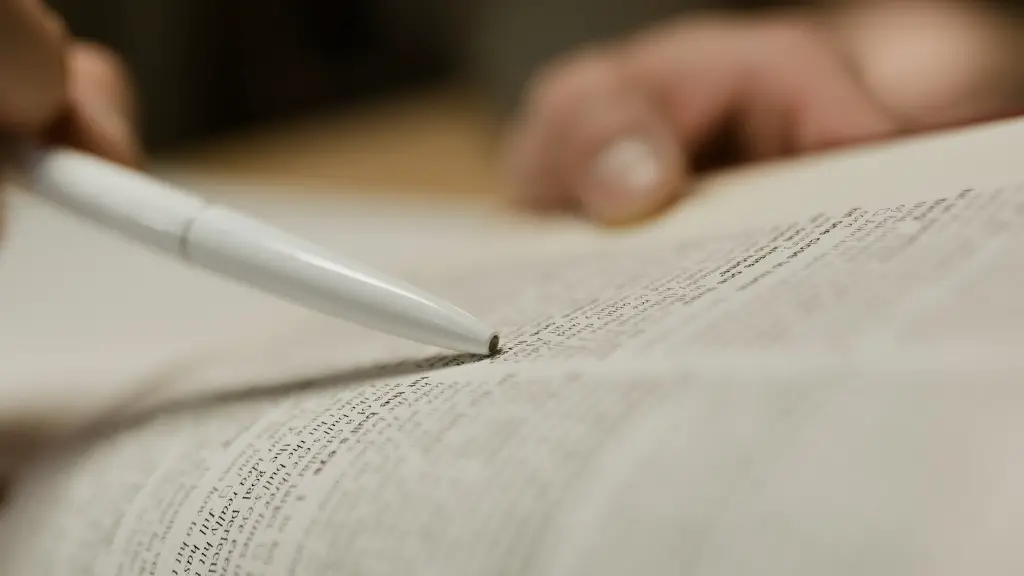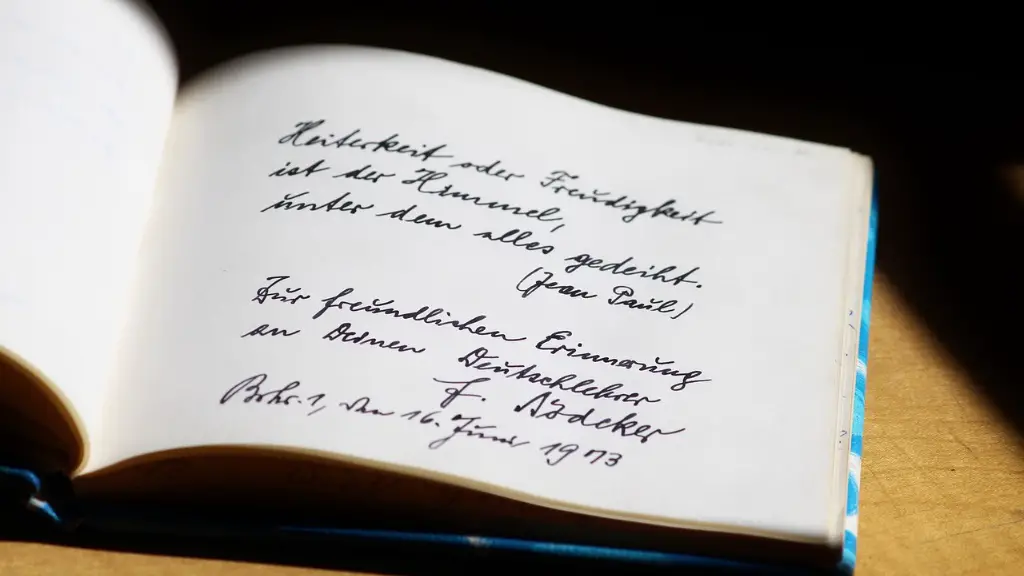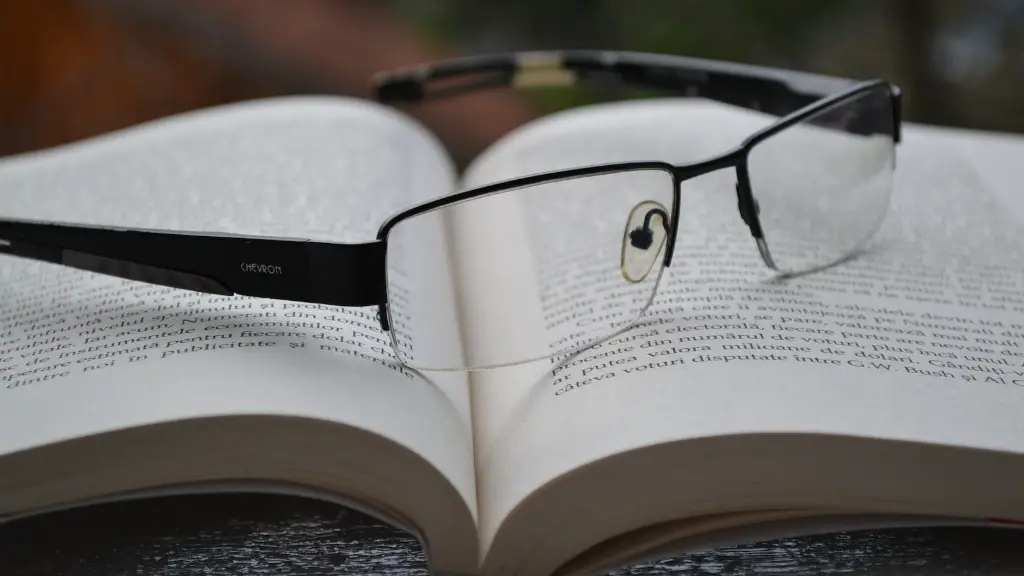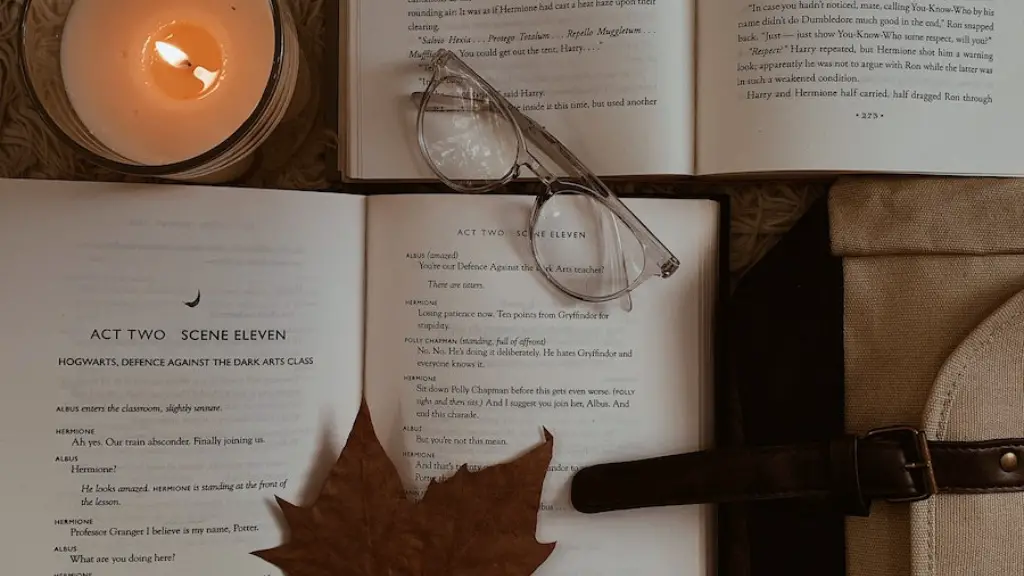What is poetry? Poetry is an art form that uses language to tell a story or convey emotion. It can be written or spoken and often includes structure and meter. Poetry has been around for centuries and is one of the oldest forms of literature. It can be used to express ideas and feelings, to tell stories, and to evoke an emotional response.
The definition of poetry has been debated for centuries. It is often described as an art form that uses language to create music, images, and feelings. Some people view poetry as an expression of the human experience, in which language is used to tell stories and evoke emotion. Other definitions view poetry as a form of communication that aims to express the beauty of the natural world.
The poet’s voice is a key element in poetry, as it is used to express ideas and feelings in an artful way. This is often seen in the use of imagery, rhythm, and rhyme. All of these elements are used to convey a message and create a certain atmosphere or mood. Poetry can also be written to evoke a sense of nostalgia, or to evoke emotions such as joy, sorrow, or anger.
Another element that is often seen in poetry is metaphor. A metaphor is a figure of speech that compares two unrelated things and describes one thing in terms of the other. Metaphors are often used to express emotion, make a point, or create an image in the reader’s mind. For example, a poem might describe a storm as “the sky crying” to evoke a feeling of sadness or desperation.
Poetry is often seen as a way to convey a deeper message. A poem can be seen as an exploration of the human experience, and can be used to explore difficult topics such as love, loss, hope, and sorrow. Poetry can be used to express feelings that are difficult to put into words, and to explore the nuances of the human experience.
Poetry is also seen as a way to capture the beauty of nature in words. Many poets use nature as a metaphor to explore the beauty of the world, and to express their appreciation of the natural world. Poems that explore the beauty of nature often use imagery and rhyme to evoke emotions and create an atmosphere.
Structure and Form
The structure and form of poetry can vary greatly. Some poems are written in a stanzaic form, which is composed of multiple lines grouped into a pattern of rhyme and rhythm. Other poems are written in a free verse form, which is composed of a series of lines without any specific structure or rhyme. Poems can also be written in a sonnet form, which is a type of poem that typically consists of fourteen lines and a rhyme scheme.
Whatever the form, poetry is often written in a way that allows it to be read like a song or story. It is often composed of lyrical language and sound effects such as alliteration, assonance, and onomatopoeia. These elements are used to create a musical and poetic atmosphere, and to explore the nuances of emotion and experience.
Purpose and Effect
The purpose of writing poetry often varies from poet to poet. Some poets write to express their emotions, to process difficult life experiences, or to capture the beauty of nature. Other poets write to challenge the status quo, to create social change, or to explore philosophical questions. Poets also often write with a specific audience in mind, and they may use the poem to convey a certain message or to elicit a certain response from the reader.
The effect of a poem can also vary depending on the way it is written and the audience it is intended for. Poetry can evoke feelings, such as joy and sorrow, or can inspire change and action. It can aim to raise awareness of certain issues and can elicit a political, social, or philosophical response. Poetry can be used to create an atmosphere of wonder, or to capture a moment in time.
Tools and Techniques
When writing poetry, poets often use a variety of tools and techniques to create an atmosphere, evoke emotions, and convey a message. These tools and techniques can include imagery, metaphors, alliteration, rhythm and rhyme, assonance, onomatopoeia, and more. The choice of words, the structure of the poem, and the use of sound effects can all be used to create a poetic atmosphere.
The use of poetic devices in poetry allows poets to explore ideas and emotions in a unique way. It can help to evoke a certain atmosphere and can be used to tell stories, to express emotions, and to explore the nuances of human experience. The use of imagery, metaphors, and sound effects can all be used to create an atmosphere, evoke emotion, and convey a message.
Evolution
The evolution of poetry is a long and complex history. For centuries, poets have explored different techniques and used them to create art. Over time, new elements have been added, such as symbolism, surrealism, and more. Poetry has also evolved to include many different themes and topics, such as nature, love, loss, and more.
The evolution of poetry has had a profound effect on literature, art, and culture throughout the world. Poets have used their craft to convey messages, evoke emotions, and explore the nuances of human experience. Poetry can be seen as a form of expression that allows us to explore our own thoughts and feelings, as well as to explore the beauty of the natural world.
Conclusion
In conclusion, poetry is an art form that uses language to tell stories, evoke emotion, and explore the nuances of the human experience. It is often composed of lyrical language and sound effects like alliteration and assonance and can be written in a variety of forms. Poetry seeks to capture the beauty of nature and the complexity of the human experience, and has been used for centuries to express emotions, explore difficult concepts, and create change.



